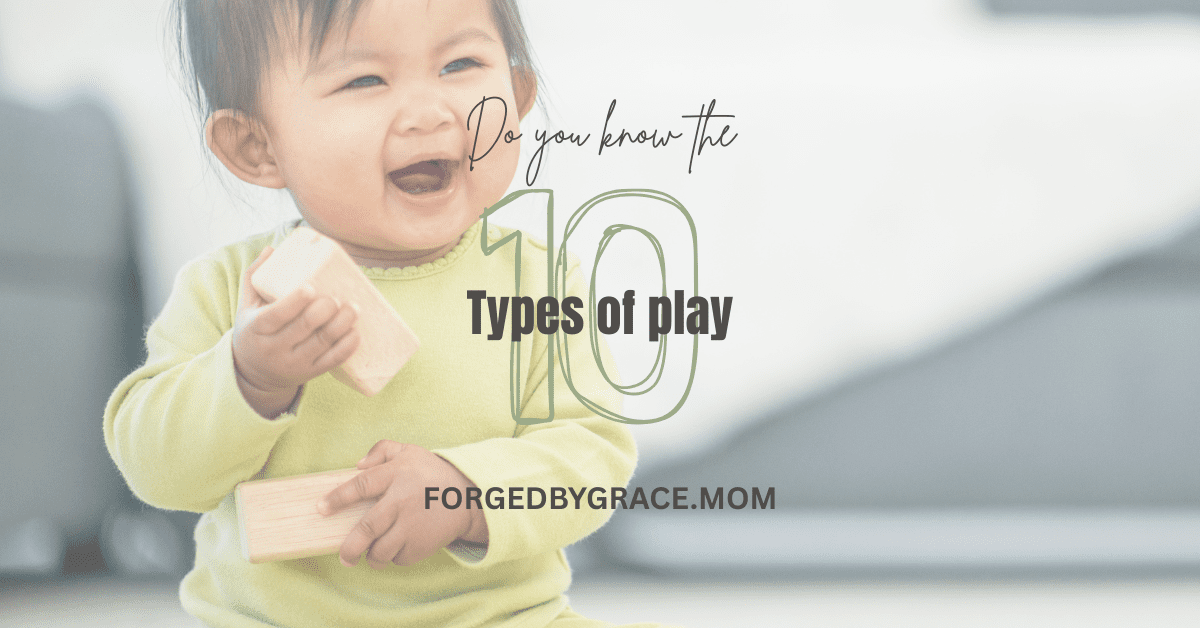Play isn’t just a way to pass the time — it’s how kids build their brains, bodies, and relationships. From random wiggles to full-blown imagination, every type of play supports a different area of development. As an occupational therapist, I’ve seen how understanding what kind of play your child is doing can help you better support how they grow.
Here’s a quick breakdown of the 10 types of play and what each one supports:
1. Unoccupied Play (0–3 mo)
Looks like: Random movements without clear purpose
OT Insight: Builds early body awareness and lays the foundation for sensory exploration.
2. Solitary Play (0–2 yr)
Looks like: Playing alone
OT Insight: Vital for attention span, self-regulation, and motor skills. Prepares kids for focused, independent activity.
3. Onlooker Play (~2 yr)
Looks like: Watching others without joining
OT Insight: Supports social learning and observational skills — a key first step toward interaction.
4. Parallel Play (2–3 yr)
Looks like: Playing side-by-side
OT Insight: Encourages tolerance of proximity and helps develop the concept of shared space.
5. Associative Play (3–4 yr)
Looks like: Talking, borrowing toys, engaging loosely with others
OT Insight: Boosts communication, impulse control, and collaborative problem-solving.
6. Cooperative Play (4+ yr)
Looks like: Working together toward a shared goal
OT Insight: Strengthens executive functioning, emotional regulation, and teamwork.
7. Constructive Play (3–6 yr)
Looks like: Building or creating with purpose
OT Insight: Develops visual-motor integration, sequencing, and planning skills.
8. Imaginative Play (5–7 yr)
Looks like: Pretending or role-playing
OT Insight: Essential for abstract thinking, emotional expression, and language growth.
9. Rough-and-Tumble Play (3–7 yr)
Looks like: Running, wrestling, tag
OT Insight: Provides proprioceptive input (deep pressure), which helps kids regulate their bodies and emotions.
10. Games with Rules (5–6+ yr)
Looks like: Board games, sports, turn-taking games
OT Insight: Helps develop frustration tolerance, cognitive flexibility, and social boundaries.
When you understand how kids play, you can better support why they play. No type is more important than the other — they each have their moment in the developmental journey. Want more OT-informed parenting tools?
👉 Read Play with A Purpose: 5 OT-Inspired Activities to Calm & Connect with Your Child for more.
Click Here for more OT Tips and Tools

View comments
+ Leave a comment